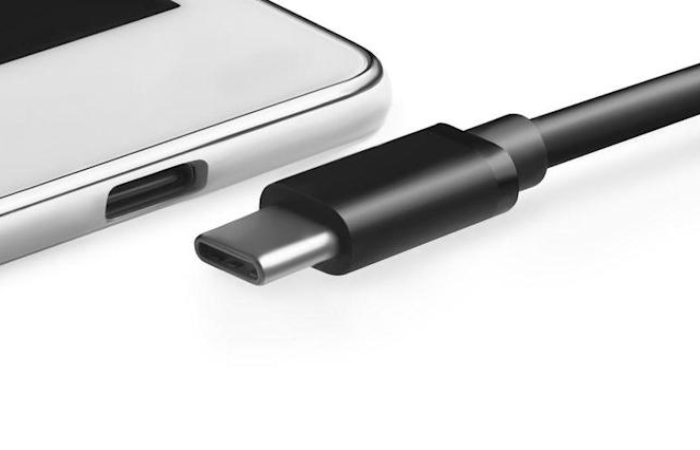Table of Contents
USB-C Charger
The USB-C charger offers suitability due to its changeable design. It intends to be the successor of all the previous ones (Type A and B), which will be obsolete when the new one is implemented on all mobile and desktop devices.
The Apple 20W USB-C charger lets you charge your device quickly and efficiently on the go. While it’s compatible with any device with a USB-C port, Apple recommends using it with the iPad Pro and iPad Air for optimal charging. You can also use it with iPhone 8 or later to take advantage of fast charging functionality. The charging cable trade separately.
The USB-C specification brings a reversible connector for USB 3.1 devices. The Type C connector will use on the host and guest devices. Thus replacing multiple Type A and Type B connectors with a future-oriented standard. The 24-pin double-sided connector provides four power-ground pairs, two differential pairs for the USB 2.0 data port (although only one team realize on the Type-C cable), and four pairs for the high-speed data port. Two sideband use pins and two configuration pins for cable orientation detection. Data channel with dedicated BMC configuration (biphase mark code), and VCONN +5 V power for active cables. Type A and Type B cables/adapters will require for legacy devices to connect to Type C hosts; nevertheless,
Full-featured USB 3.1 Type-C cables are electronically marked active lines. They contain a chip with an identification function based on the USB Power Delivery 2.0 specification Vendor. Defined Messages (VDM) and Data Configuration channel. ». USB 3.1 Type-C devices also support 1.5 and 3.0 A supply currents through the 5 V bus voltage, in addition to the 900 mA baseline.

Type of USB-C Charger
- The Type-C ports allow for two-way routing so that you can insert the cable’s end.
- Type-C ports can convey data at a higher speed. 4K videos stream via a USB 3.1 Type-C port.
- Type-C ports support relatively higher charging currents, ranging from 3A to 5A, and support opposite charging.
- Type-C ports are superior in structure and more secure when used.
Differences between Type-C ports and Micro-USB ports:
- The charging port on a Type-C cable has a flat, rounded shape and allows the cable to plug in both ways.
- The charging port on a micro-USB cable is shaped like a ladder and does not allow it to plug in both ways.
Advantages and Disadvantages
It has taken USB.org no less than two years to bring this specification to life through multiple changes, experiments and, above all, tests with industry leaders. We already knew the USB-C 2.0 version, but what has changed in this new 2.1? First of all, let’s talk about what hasn’t changed as such: the connector. The standard remains the same, shape, size and anchors. This means that it will be fully backwards compatible, as with USB-A.
But saving this, the changes are already noticeable. In the first place, and as something physical, we will have at least two different pins: from A4 to A9 and from B4 to B9. Which now has the added peculiarity that they should not make short circuits to the ground during the connection of the connector. This is important, as it is vital for power, power supply, and keeping compatibility with version 2.0 smooth.
Manufacturers USB-C Charger
It is not surprising that each model or series of laptops, for example, has a different charger incompatible with the rest of the models. It is mainly due to each model’s technical and energy requirements that cost savings are attempted based on the device’s design.
With the arrival of USB-C 2.1, we could see a standard for all. A single charger can supply power to any laptop in a stable way. The problem is that manufacturers will decide to differentiate SPR chargers from EPR chargers. We will somehow return to where we are today, but very simplified, something is something.
Conclusion
USB Type C or USB-C is a smaller, oval and reversible type of connector that can connect without a specific orientation. Unlike previous versions, which require a particular side when connected. His Type of USB has become an industry-standard. Thanks to its incredible speed in data transfer and intensity in the electric current.
Also Read: Protect Your Eyes From Digital Blue Light
Related posts
Featured Posts
Blue Film Anti-Radiation Reading Glasses
Blue film anti-radiation reading glasses are also known as screen glasses. Anti-blue light glasses are a countless solution to the…
Online Flexbooker Decemberilascubleepingcomputer
Online Flexbooker Decemberilascubleepingcomputer – On December 23, 2022, online appointment scheduling service FlexBooker disclosed a data breach that affected over…


